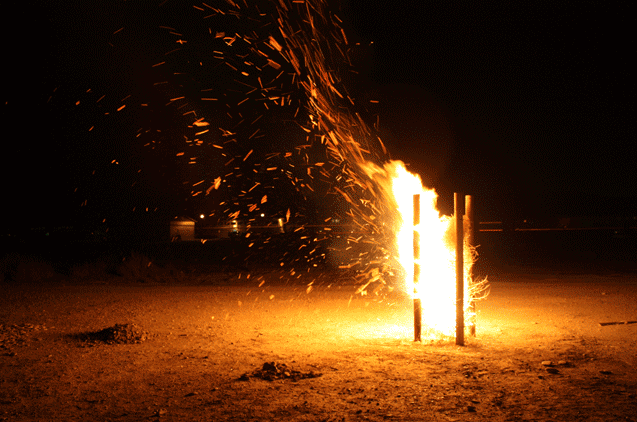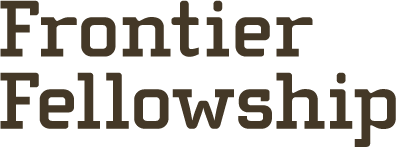Shawn Creeden

Shawn Creeden's work is an investigation into the tools and techniques employed by human beings in our attempts to gain control over the natural world. Since the era of Manifest Destiny, settlers, distant corporate interests and the US government have done much to obtain a mastery over the landscape, native wildlife and indigenous peoples of Western North America. Millions of miles of barbed wire fence, arbitrary boundary delineation, privatizing property, guns, hunting, trapping, resource exploitation, the introduction of cattle and the eradication of predators and competitors all led directly to the settling of the American West. Through meticulous large-scale hand embroideries, drawings, sculpture and installations he seeks to explore these methods of domination, the underlying motivations and the mythos that develop around them.
Navajo Nation, hand-embroidery on canvas, 99 " x 156"
Detail of Navajo Nation
It was only a few hours after he had stepped off the California Zephyr, and already he rode the chestnut horse with more confidence than he had ever before felt with such an animal. The fears of being cast off or crushed in a rollover were for the most part out of mind, though he was still over cautious about being kicked dead in the head. The prospect of trotting no longer caused a sickening clenching of the guts. Not too bad for a second try, he thought.
On the trail ride there was much to look at. The Book Cliffs north of town extended some ways in either direction before ending in high and crumbling escarpments and continuing on unseen to the north and the east. Below this ancient archive of sediments and sea beds stretch dried corn fields and what pass for mule pasture and other land for which no one appeared to have much use for at all but which he had been warned against trespassing on such properties nonetheless. Two dried and dusty carcasses which had once been raccoons hung from a fence across the road. A boast to neighbors or perhaps a warning to things which have been warned almost out of existence in this part of the world.
Pyre, 2012, wood, barbed wire, tumbleweeds, fire. Dimensions variable.
In the scrub on the far side of the train tracks, just to the south of Epicenter he wandered in the sun and seemed to be searching for something and found many things. He quickly came across two distinct treasure troves. One of sand-blasted shards of bottles and jars nearly identical to the discarded trash which back along the coast they affectionately call sea glass. The other a final resting place for decades of tin cans, perhaps dumped from the passing train lines. The cans gathered reddish-brown and decaying at the foot of a crumpled bed frame with an identical patina. The desiccated bones of some animal that looked too large to be taken by a coyote lay in serene configurations beneath low trees beside a shallow wash, dragged there to be picked clean in solemn privacy. Red ant hills and small cacti and strange fractal plants that looked like something precedent to a horror movie dot the brown and crusty hillside.
A few days later he went and met a woman and followed her in a borrowed pickup out to a junkyard in search of scraps of barbed wire and spare fenceposts for his sculptures. “So you grow melons out here,” he asked her in an attempt to make conversation.
“Well, not here,” she croaked from behind a pair of large dark sunglasses, “‘this’ is just Treasure Island.”
The woman was generous, though the impression that she was not willing to part with much of her collection was obvious. There was a broad, deep wash and when he approached the sandy lip a flock of doves took indignantly to the air from the cottonwood on the other side. This was a place he could spend some time, he thought.
Creeden teaching an embroidery class at Green River High School
During Creeden's time in Green River, he truly spread the gospel of embroidery. In addition to teaching the entire Epicenter staff the basics of embroidery, he worked with a local resident to complete his Navajo Nation piece and he taught a workshop at the Green River High School. Creeden’s embroidery workshop focused on the history and culture of embroidery, basic stitches and techniques, and creating your own embroidery design. He began the workshop by presenting his own work as an artist and some of his favorite historical and culturally significant embroidery. By the end of the workshop, the fifteen students were able to see the potentials of embroidery as an ancient fine art and not just your grandma’s hobby.









